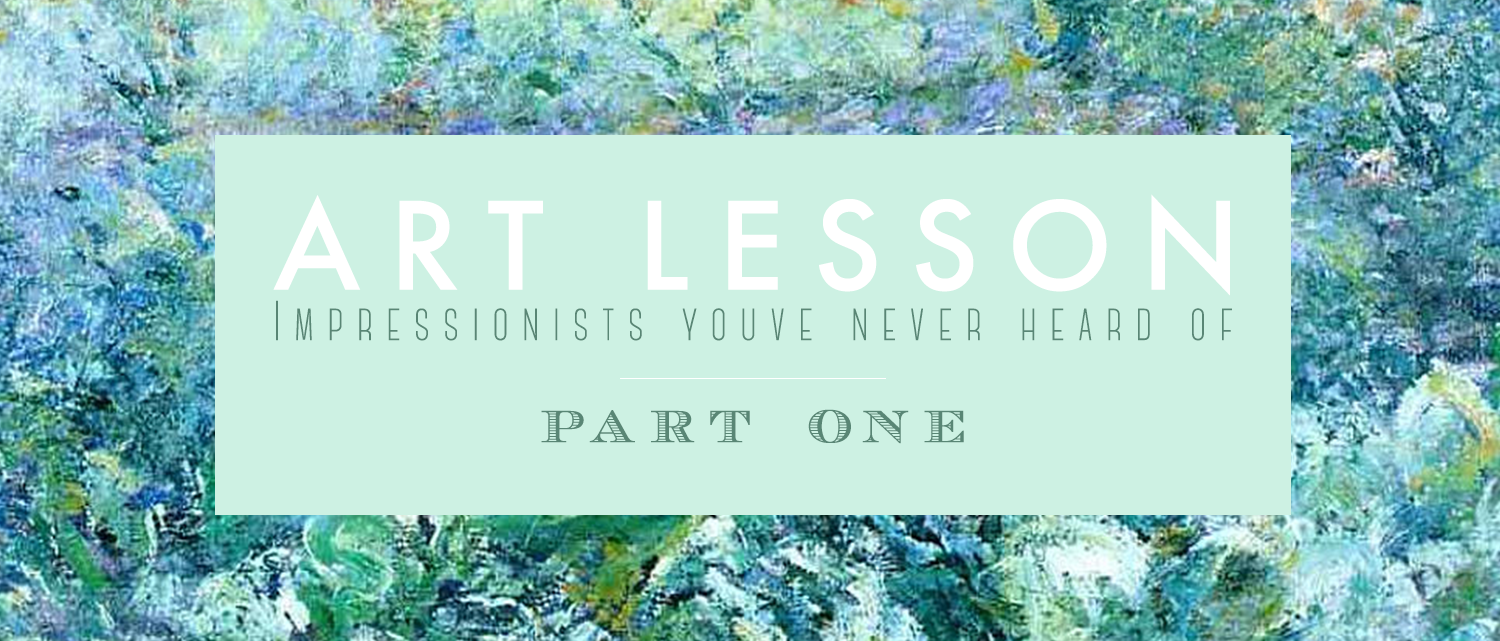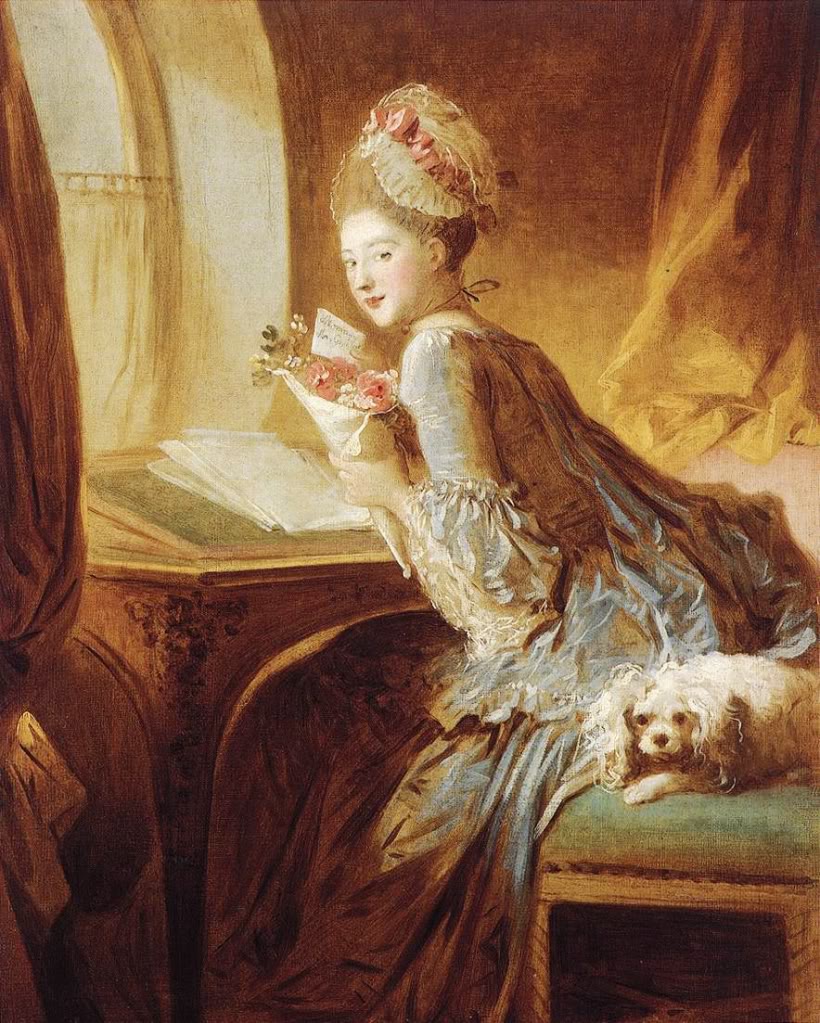The Landscapes of Emily Jeffords
As I’ve aged, I’ve become more and more interested in handmade things. For one, they’re usually way more beautiful than mass-produced objects, and secondly, they have meaning – a meaning that is present from the moment they are conceived as ideas in the artist’s mind, until the day you finally place it lovingly in your home, where it will remain for years to come. Not only is that object unique and special, but purchasing it means that you’re supporting small businesses, keeping our economy more community-centered rather than homogenized and corporate.
I think the best way to start incorporating handmade goods into your home is though pottery and art prints. I don’t have the budget to buy large handmade furniture pieces or original canvas paintings (which is my dream!), but I DO have the resources to purchase an earthy hand-thrown mug to drink coffee from in the morning, or a small print that I can incorporate into a gallery wall. In fact, I only own three mugs at the moment because I’m holding out to find handmade ones that fit – I want to assemble a meaningful collection, not just a pack of identical objects filling my shelves.






